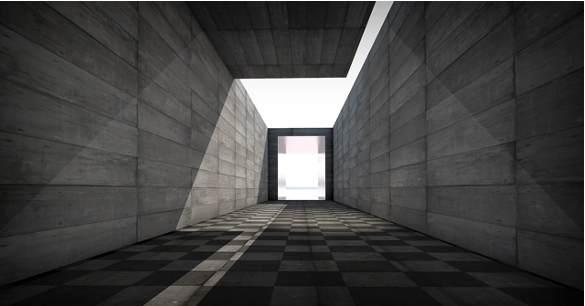2024-09-23 |
Innovative Materials Shaping the Future of Sustainable Architecture
Sustainable architecture has transformed the building industry by encouraging greener alternatives. Architects and engineers are using new materials to create low-carbon footprint, environmentally friendly buildings. These materials make buildings robust and flexible and cut energy use. Demand for sustainable buildings increases as knowledge of climate change spreads around the globe.
Using environmentally friendly and energy-efficient materials has helped sustainable design develop tremendously. Strong, environmentally friendly precast retaining walls are a popular choice. By manufacturing their high-quality, environmentally friendly walls off-site, construction firms may save time and waste. The flexible nature of prefaced retaining walls would benefit urban and natural settings the most.
 Image source Pixabay.com
Image source Pixabay.com
Recycling: From waste to wealth
One easy but efficient approach to producing environmentally friendly buildings in architectural design is material recycling. Recycled steel, glass, plastic, and glass help to cut virgin resource use. While maintaining structural integrity, recycled steel uses less energy than new steel to manufacture. Recycled glass in windows and façade lowers waste and increases energy efficiency by bettering insulation.
One creative application of the non-environmentally favourable substance in buildings is plastic reuse. To lower pollution and provide a sustainable substitute for traditional building materials, companies are creating long-lasting plastic building blocks. These recycled materials let designers explore fresh concepts while adhering to contemporary building standards in a structural and aesthetic sense.
The future of green construction: Biodegradable materials
The environmental advantages of biodegradable materials drive their increasing popularity in sustainable building. Revolutionary, environmentally friendly building materials include mycelium, a fungus, and hempcrete, derived from hemp fibres. A renewable, low-impact building material, mycelium grows rapidly, is lightweight, and is fireproof. Its adaptability allows builders artistic freedom while also adhering to environmental criteria.
Hempcrete, a mixture of hemp fibres and lime, lowers construction energy demand through its energy-saving insulation. Carbon-negative hempcrete absorbs carbon dioxide, lessening a structure's carbon footprint and supporting efforts to address world climate change. Biodegradable materials let builders and designers create sustainable, energy-efficient constructions.
Self-healing concrete: Reduces maintenance and increases life
Although concrete is a common building material, its environmental effects have long caused concerns. Concrete traditionally has environmental problems and a limited lifetime. Concrete with self-healing fixes both. Bacteria in this material mend concrete and heal cracks. Self-healing concrete stretches building life and lowers repairs.
Self-healing concrete could greatly enhance urban sustainability in infrastructure projects. This material would require less maintenance for roads, bridges, and buildings, lowering the environmental impact. By increasing the lifetime of these buildings, self-healing concrete also helps lower resource use and waste.
Solar panels and photovoltaic glass harness renewable energy
Sustainable architecture depends critically on solar energy integration. By turning sunlight into electricity, rooftop solar panels help to reduce the reliance on non-renewable energy in a structure. One invention is photovoltaic (PV) glass, a more recent building material and energy generator. Modern windows, facades, and skylights made of transparent glass can generate electricity while nevertheless looking contemporary.
Conclusion
Architectural innovation in ecologically friendly materials will define the field in the future. The building industry will become greener as engineers and architects find fresh materials and technologies. With recyclable materials, biodegradable chemicals, self-healing concrete, and renewable energy, these developments are redefining sustainable design. These materials can help constructions be more environmentally friendly, strong, and energy-efficient.


